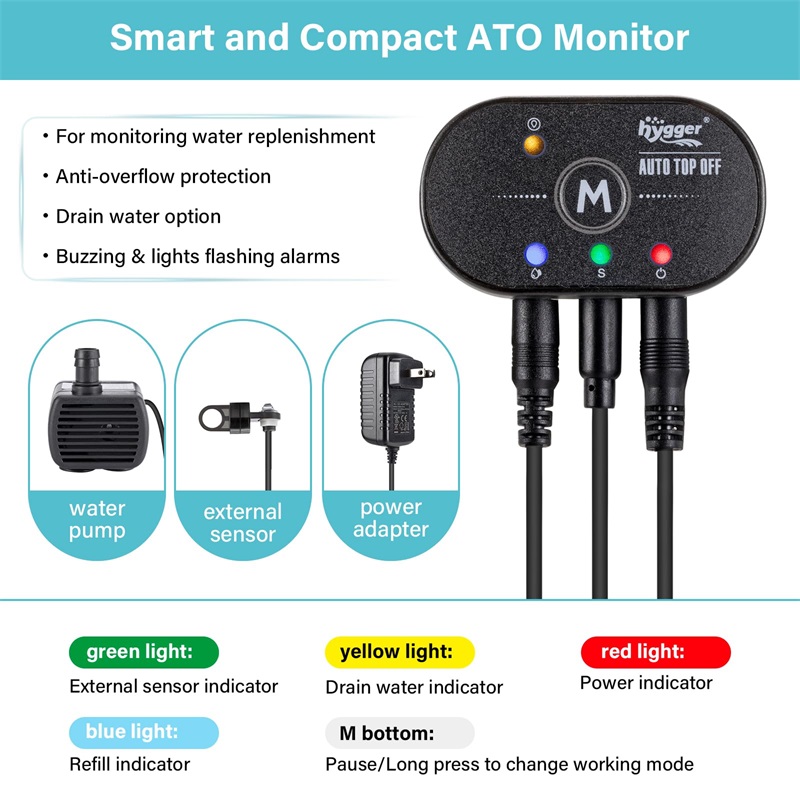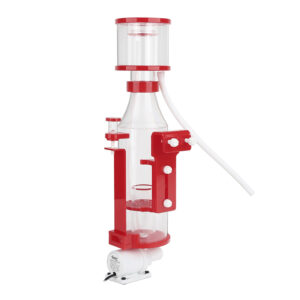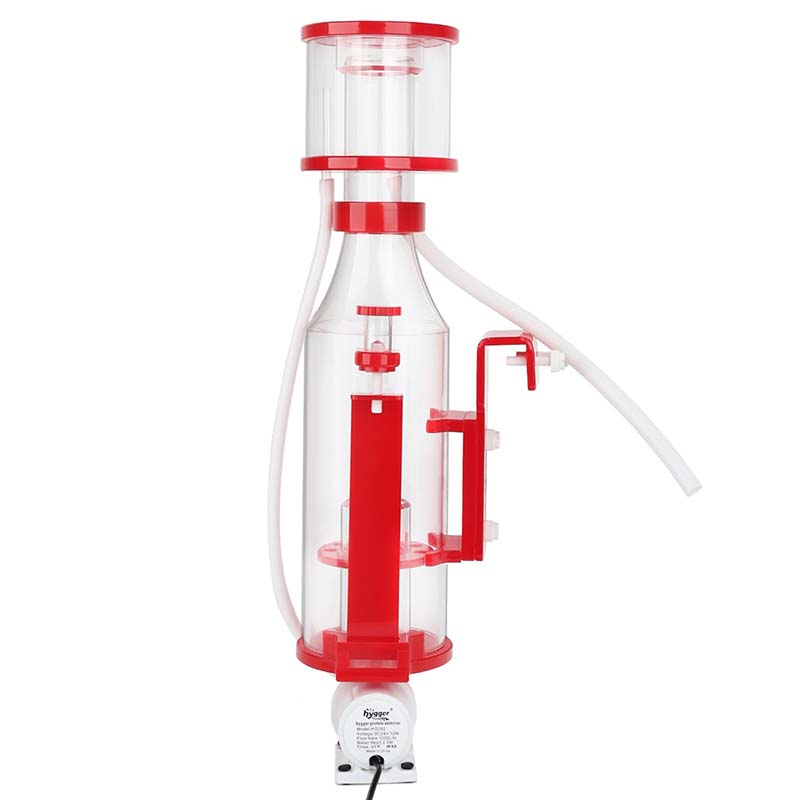Care the Parrot Fish When It Turn White
Parrot fish are one of the creatures of the underwater world and are one of the good attractions for aquarium lovers. Sometimes, it’s hard to see that your parrot fish are turning white. At this point, you need a clear understanding and a clear parrot fish care guide to get out of this disaster. In this article, we will cover the essential points by which you will be able to take precautions as soon as you find out about the dislocation in parrotfish species. Let’s start our real discussion.
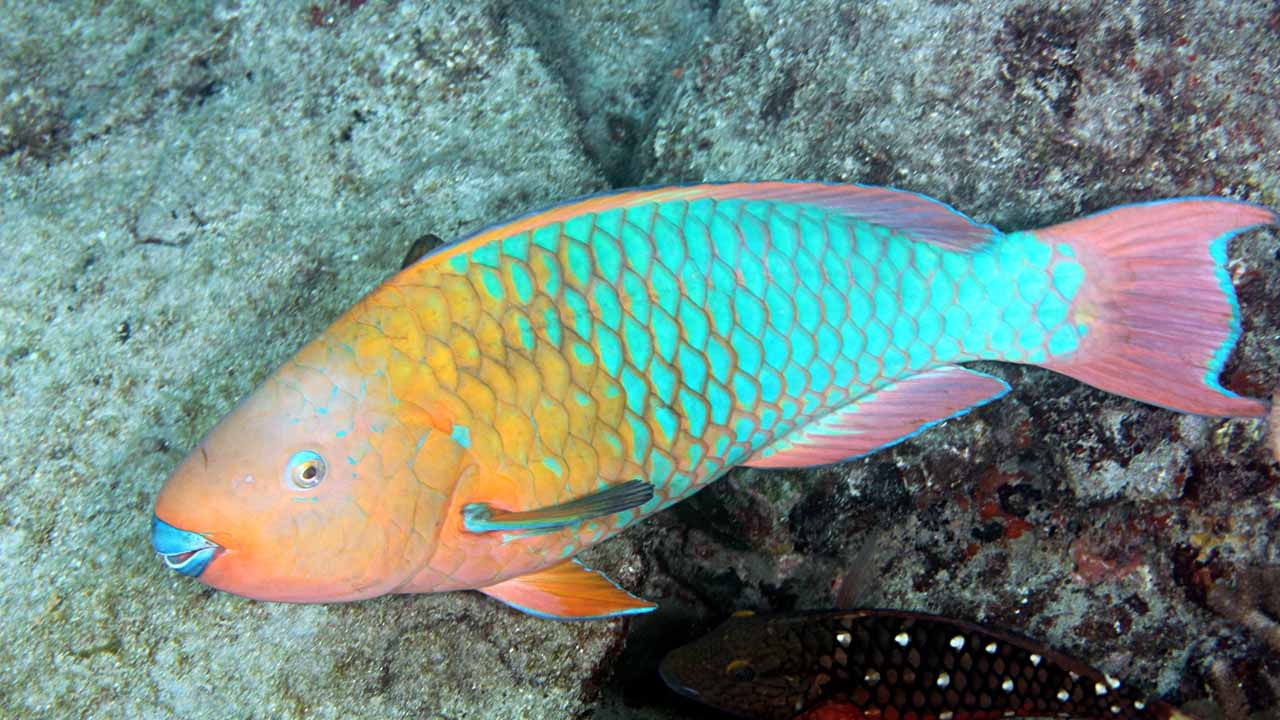
Relation Between Coral and Parrotfish
1. Creating a Habitat For Parrotfish
Coral reefs are shaped through the accumulation of calcium carbonate skeletons produced by coral polyps. These reefs provide habitat and protection for many marine organisms, including parrotfish. Many species of parrotfish seek shelter in the crevices and branches of coral reefs, finding safety from predators and a secure place to relax. Additionally, a few coral species produce mucus that serves as a nutritious food supply for parrotfish.
2. Facilitates Coral Growth
Parrotfish play an essential position in the health and upkeep of coral reefs. They feed on algae which could overgrow and smother the coral, stopping it from receiving enough sunlight to photosynthesize. By grazing on the algae, parrotfish create space for the brand-spanking new coral boom.
3. Form Sandy Beaches
Parrotfish are also liable for producing awful sand located on tropical beaches. As they scrape algae off coral surfaces, and inadvertently ingest small bits of coral. These bits pass via their digestive gadget and are excreted as exceptional sand debris, which in the end gather to form the sandy beaches.
4. Reproduction
Parrotfish can also help with coral reproduction. When they feed on coral, they occasionally break off and ingest small fragments of live coral. These fragments can then pass through their digestive system and be expelled intact, allowing them to settle in new areas and potentially grow into new coral colonies.
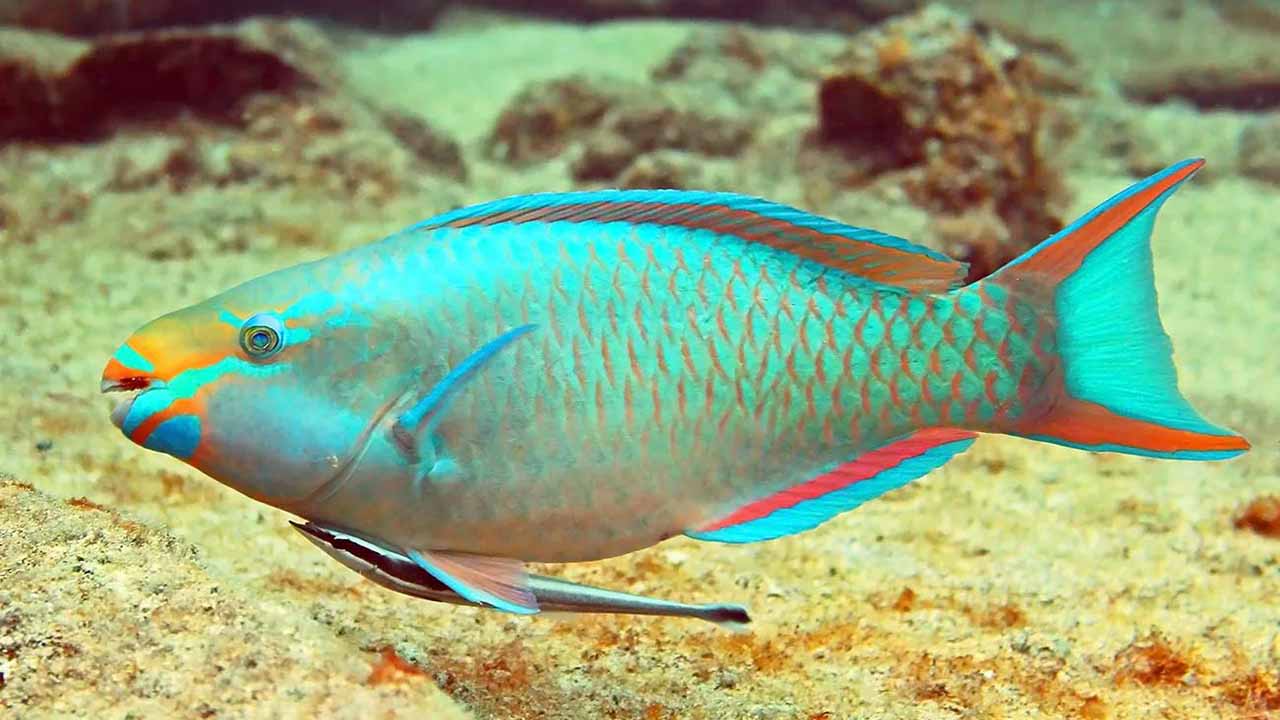
Why do Parrot Fish Turn White
1. Coral Bleaching
One possible reason that parrot fish turn white is a condition referred to as coral bleaching. Coral bleaching occurs when the symbiotic algae that live inside the coral’s tissues are expelled or die off, leaving the coral without its colorful shades. This can show up because of stressors inclusive of rising water temperatures, pollutants, or changes in water chemistry. When the coral bleaches, the parrot fish, which depend on the coral for meals and refuge, can also be affected.
2. Disease or Infection
Another possible cause of parrot fish turning white is an ailment or contamination. Just like other organisms, fish can become unwell and broaden numerous fitness issues. In some instances, this will take place as a loss of color of their scales or pores and skin. These illnesses or infections may be caused by parasites, microorganisms, or other pathogens.
3. Far Reaching
The impacts of parrot fish turning white may be a long way-reaching. Parrot fish play an important role in preserving healthy coral reefs. They graze on algae that may overgrow and smother the coral, helping to hold them in balance. When parrotfish populations decline due to bleaching or disease, there can be a cascading effect on the whole reef’s surroundings. Without the parrot fish to manipulate algae increase, the coral can end up pressured and greater susceptible to disease and different threats.
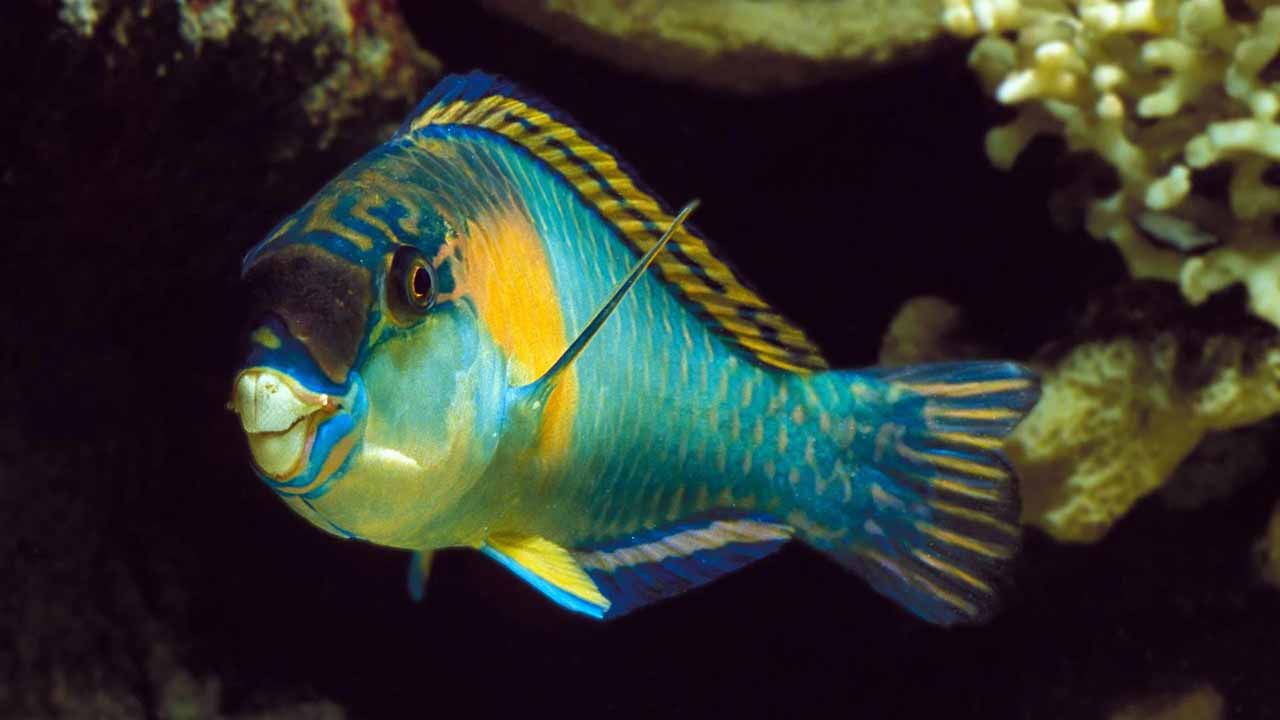
Guide to Take Care of Parrot Fish
Here are some guidelines for both treating sick parrot fish and maintaining a healthy environment for them in tanks:
Treating Sick Parrot Fish
- Isolation
If you note a sick parrot fish, isolate it from the main tank to prevent the ability to unfold diseases
- Water Quality
Check and preserve precise water pleasant. Regular water change (20-30% every 2 weeks) assists in removing toxins and preserving the tank surroundings. Test water parameters including pH, ammonia, nitrites, and nitrates frequently.
- Temperature and pH
Parrot fish select a temperature range of 75- 80°F (24-27°C) and a pH between 7 and 8.
- Quarantine Tank
Have a quarantine tank geared up for new arrivals to ensure they’re ailment-loose earlier than introducing them to the main tank.
- Medication
Consult with a vet or an informed aquarium expert before administering any remedy. Follow the advocated dosage and remedy period.
- Observation
Pay attention to behavioral changes, consisting of lethargy, lack of urge for food, or abnormal swimming patterns, like swimming upside down.
Keeping Healthy Parrot Fish in Tanks
- Tank Size
Provide a spacious tank to accommodate the parrot fish’s size. A minimum of 50 gallons is recommended for a single parrot fish.
- Tank Decor
Include hiding spots, caves, and suitable tank decorations to create a comfortable environment. Parrot fish may appreciate structures to explore and swim around.
- Water Filtration
Use a quality filtration system to maintain clean water. Parrot fish can produce a significant amount of waste, so an efficient internal filter pump is crucial.
- Tank Mates
Choose compatible tank mates. Parrot fish can be territorial, so avoid aggressive or overly competitive species, for instance, other Cichlid, betta, Pea Puffer, and other aggressive fish.
- Diet
Feed a well-balanced diet that includes high-quality pellets, flakes, and occasional treats like live or frozen foods. Ensure variety to meet their nutritional needs.
- Water Parameters
Maintain stable water conditions, including appropriate pH, temperature, and hardness levels 2-25 dGH.
- Regular Monitoring
Monitor the fish regularly for signs of stress, illness, or abnormal behavior.
- Quarantine Procedures
Quarantine new fish before introducing them to the main tank to prevent the spread of diseases.
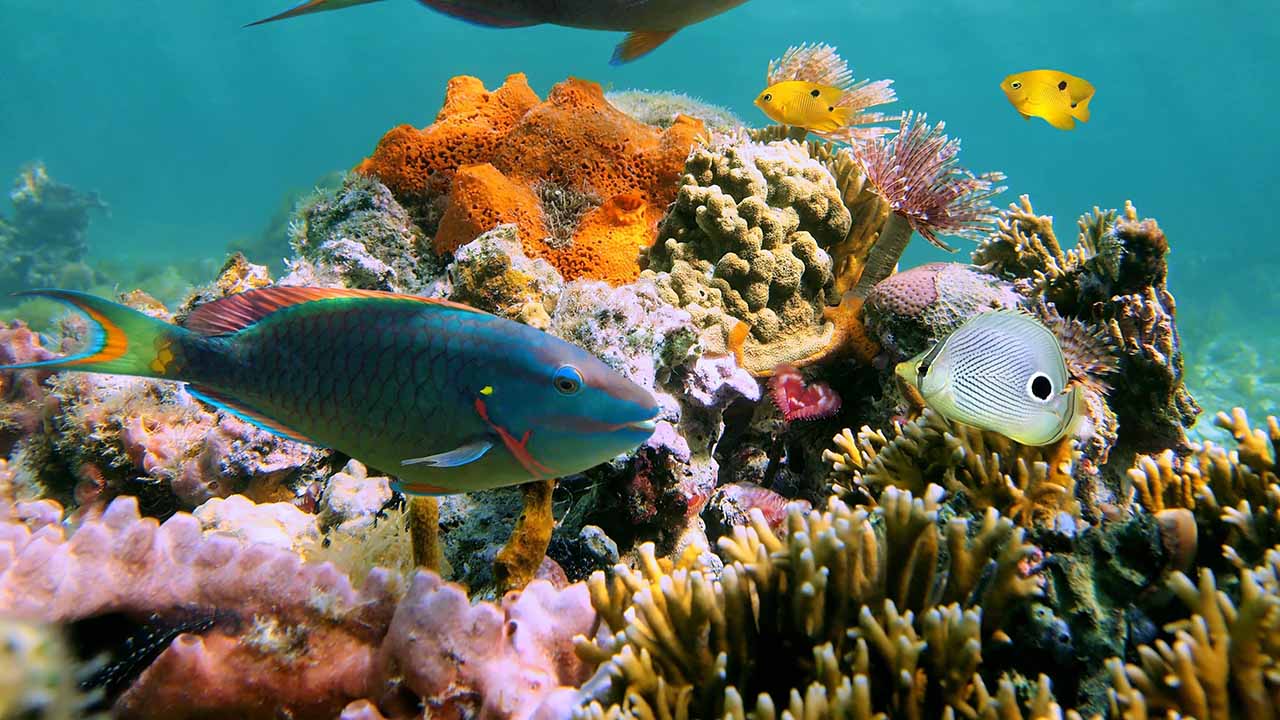
Fascinating Facts About Parrotfish
Here are a few interesting facts about parrotfish:
1. Parrotfish get their name from their beak-like mouths, which resemble a parrot’s beak. Their mouths are strong enough to easily crush coral and other hard materials.
2. It plays a crucial role in coral reef ecosystems. They eat algae that grow on coral, helping to keep the reefs healthy and preventing them from being smothered.
3. They are often referred to as the “poop machines” of the ocean. This is because they produce large amounts of sand and sediment as waste after digesting coral. It is estimated that parrotfish produce up to 320 kilograms (700 pounds) of sand each year.
4. Parrotfish change color throughout their lives. They start as females, and as they grow older, some individuals change sex and become males. The males often have more vibrant colors than the females.
5. Some species of parrotfish have a unique defense mechanism. When threatened, they secrete a mucus cocoon around themselves, which helps protect them from predators.
6. Parrotfish have teeth that continuously grow throughout their lives. This allows them to constantly replace worn-out teeth caused by their coral diet.
Key Points
This blog explores the reasons and care strategies for parrot fish turning white in aquariums. It highlights the vital position of parrotfish in coral reefs, together with their impact on coral increase and seaside formation.
Emphasizes isolation, water quality, and proper tank situations for treating sick parrot fish and retaining a healthy environment. We have additionally discussed the fascinating facts about parrotfish, consisting of their unique protection mechanisms and shade-changing abilities.


